Vice President Augusto Rademaker Name Emilio Medici | Party National Renewal Alliance | |
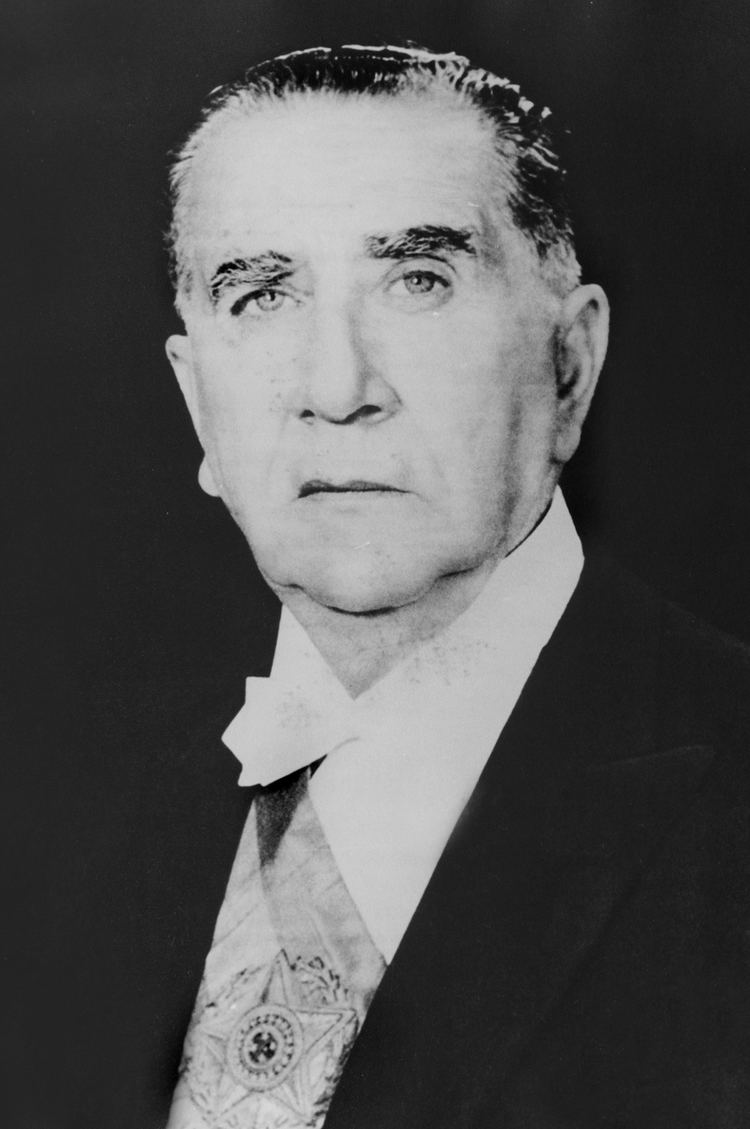 | ||
Succeeded by Carlos Alberto da Fontoura Presidential term October 30, 1969 – March 15, 1974 Parents Emilio Medici, Julia Garrastazu Similar People Ernesto Geisel, Artur da Costa e Silva, Humberto de Alencar Castelo B, Joao Figueiredo | ||
Preceded by Military Junta of 1969 | ||
SYND 14 5 73 BRAZILLIAN PRESIDENT MEDICI ARRIVES LISBON
Emílio Garrastazu Médici, ([eˈmilju ɡɐʁastaˈzu ˈmɛd(ʒi)si]; December 4, 1905 – October 9, 1985) was a Brazilian military leader and politician who was President of Brazil from 1969 to 1974. His authoritarian rule marked the apex of the Brazilian military government.
Contents
- SYND 14 5 73 BRAZILLIAN PRESIDENT MEDICI ARRIVES LISBON
- SYND STORIES 19 12 69 THE LYING IN STATE OF LATE BRAZILIAN PRESIDENT COSTA E SILVA
- Early life
- Presidency
- Years of Lead and torture
- Nixon Allende and Castro
- Death
- References
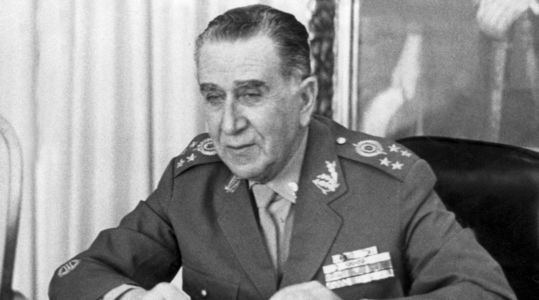
SYND STORIES 19-12-69 THE LYING IN STATE OF LATE BRAZILIAN PRESIDENT COSTA E SILVA
Early life
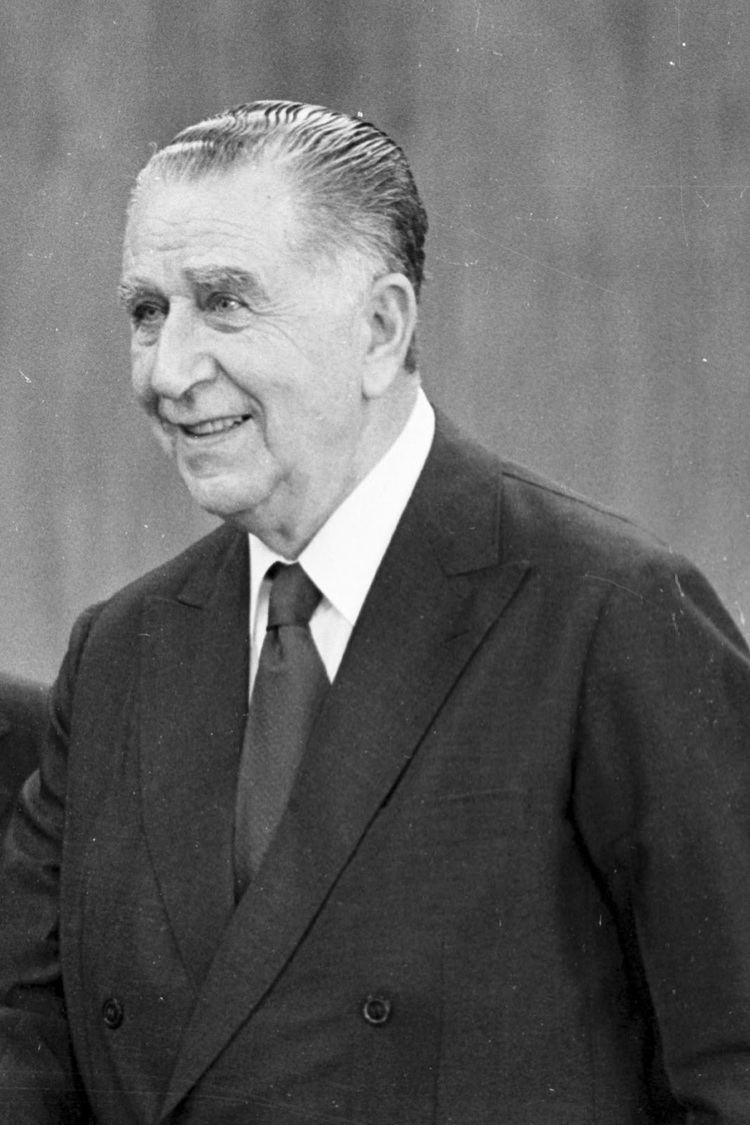
Médici was born in Bagé, Rio Grande do Sul state. From his father's side, he was the grandson of Italian immigrants who went to Uruguay and then moved to Brazil. On his mother's side he descended from Basques. In the 1920s he entered military school at Porto Alegre and then the Army where he was steadily promoted, becoming general in 1961.
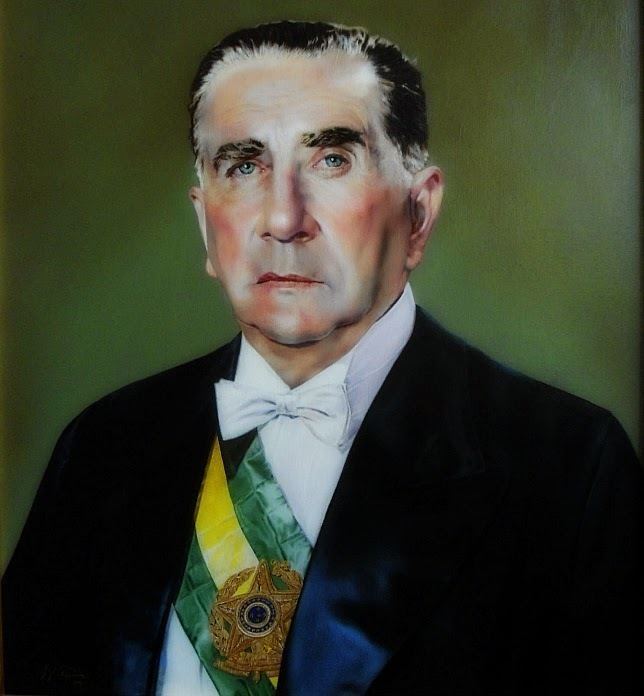
During 1950s, he served as a commander of reserve forces before being appointed chief of staff to Artur da Costa e Silva from 1957 to 1960. After the military coup Médici became Brazil's military attache to the USA from 1964-1966. In 1967 Médici was appointed chief of the National Intelligence Service of Brazil.
Presidency
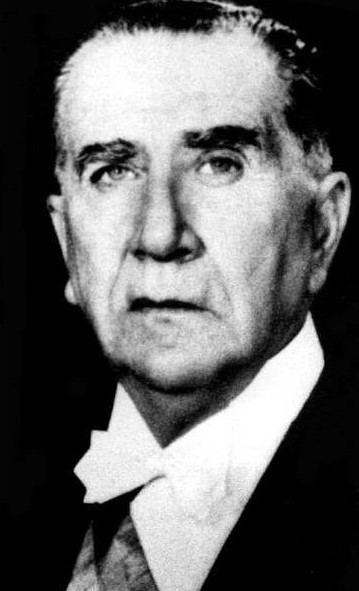
In 1969 he became commander of the Third Army and was chosen to become President of Brazil by the Brazilian Military Junta of 1969, succeeding Costa e Silva, who had suffered a stroke. As the President was elected by National Congress, it had to be re-convened for this purpose after being dismissed by Costa de Silva. The legislature, dominated by the pro-military National Renewal Alliance Party (ARENA), elected him by a margin of 313-0, with 56 abstentions. Médici took the oath on October 30, 1969 and served until the end of his term on March 15, 1974.
Médici's tenure was arguably the most repressive of Brazil's military regimes. He ruled under a 1967 Constitution which had been amended a few months earlier to be even more repressive than its predecessor. His regime made liberal use of torture and strict press censorship. Import of the men's magazines Playboy, Penthouse and Lui, as well as the West German news magazine Der Spiegel, was banned because they offended "morality and proper behavior".
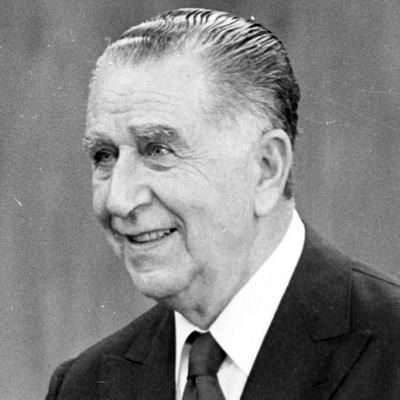
Nevertheless, Médici was popular, as his term was met with the largest economic growth of any Brazilian President, the Brazilian Miracle unfolded and the country won the 1970 Football World Cup. In 1971 Médici presented the First National Development Plan aimed at increasing the rate of economic growth especially in the remote Northeast and Amazon basin.
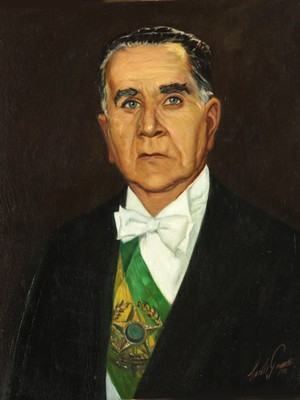
During the Brazilian Miracle economy grew rapidly at a rate of 10% per year. Large construction projects were undertaken, including the Trans-Amazonian Highway, the Itaipu Dam and Rio–Niterói bridge. On the other side, the economic growth benefited mainly the richer classes — by the end of 1970, the official minimum wage went down to US$40/month, and the more than one-third of the Brazilian workforce whose wages were tied to it lost about 50% of their purchasing power in relation to 1960 levels at the end of Juscelino Kubitscheck's administration.
In November 1970 federal, state, and municipal elections were held. Most of the seats were won by ARENA candidates. In 1973 the electoral college was created and in January 1974 General Ernesto Geisel was elected to be the next President.
Years of Lead and torture
During his rule guerrilla movement led by Carlos Marighela, leader of Ação Libertadora Nacional and Carlos Lamarca was mostly destroyed and Marighela and Lamarca killed. Revolutionary Movement 8th October was suppressed and Araguaia Guerrilla War won.
In the 1980s, the Catholic vicariate of São Paulo and Protestant ministers obtained thousands of classified documents that detailed the use of torture during Médici’s term. These revelations shocked Brazilians who had been unaware of the extensive use of torture.
Nixon, Allende, and Castro
In 1971, President Richard Nixon and Médici discussed coordinating their efforts to overthrow Cuba's Fidel Castro and Chile's Salvador Allende. National security advisor Henry Kissinger's account of the December 9, 1971, White House visit by Médici was written "for the president's file" and classified Top Secret. It was declassified on September 4, 2008, and made public in July as part of a State Department publication on U.S. foreign policy.
Kissinger's memo shows that it was Nixon who raised the subject of Allende during the meeting, asking for Médici's views on Chile: "Médici said Allende would be overthrown". [Nixon] then asked whether Médici thought that the Chilean armed forces were capable of overthrowing Allende. Médici replied that he felt that they were, and [he] made clear that Brazil was "working towards this end." The memo notes that Nixon and Médici also discussed whether Cuba should have readmission to the Organization of American States. For his part, Médici noted that Peru was trying to persuade the OAS to consider readmitting Cuba and asked Nixon how they should cooperate to oppose the move. Nixon said he would study the issue and reply to Médici "privately." The OAS voted to lift sanctions on Cuba in 1974.
Death
Médici died of kidney failure on 9 October 1985 at the age of 79 after suffering a stroke. His body was buried in the São João Batista Cemetery in Rio de Janeiro.
